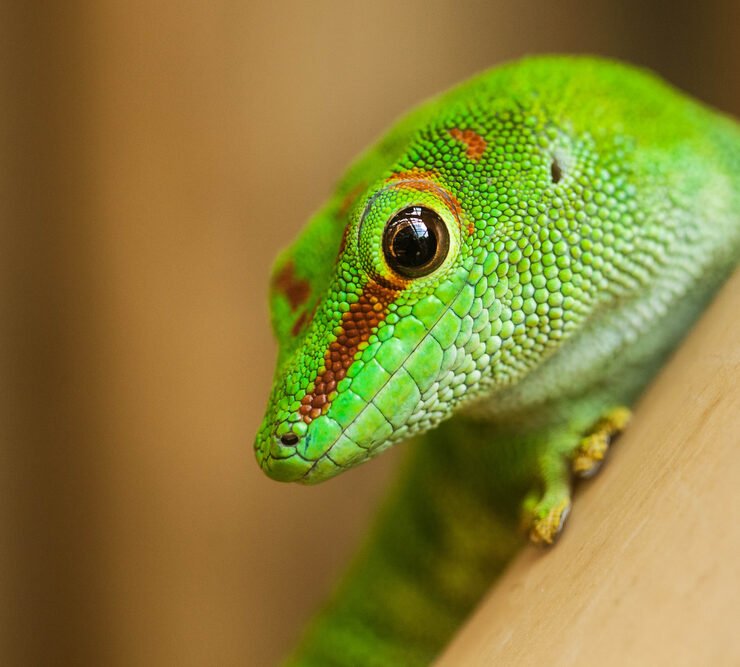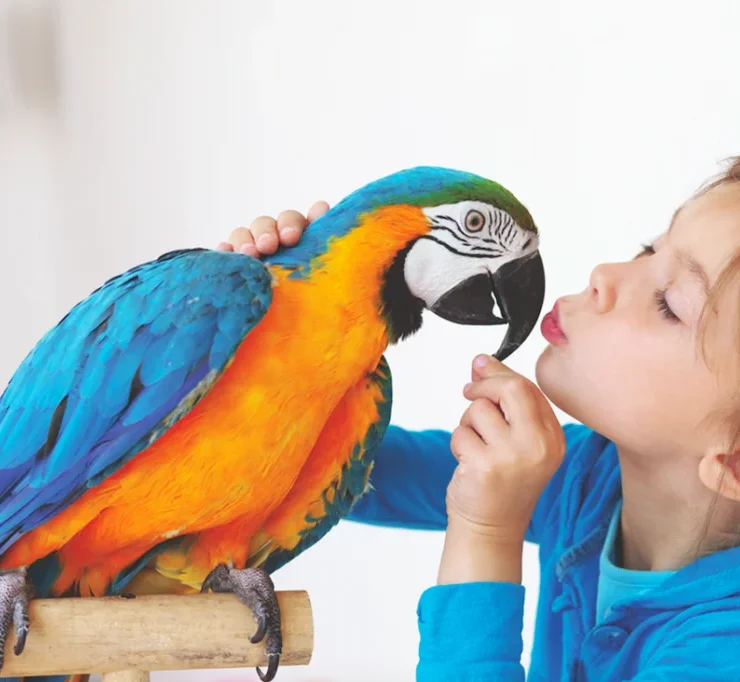Taking Care Of Your Pet Hamster

It is no doubt that hamsters are 3C’s – cute, cuddly and cheap. However, these tempting characteristics cannot overshadow the required tasks to keep them well and healthy.

The word hamster originated from the German word hamstern meaning hoard. Hoarding is a unique characteristic of hamsters, which means that they secretly store extra food collected by them. Generally, female hamsters are bigger but live a shorter life than males. They can survive comfortably between 50 to 80 degrees Fahrenheit. They hibernate if the temperature is lower. Hamsters have a lifespan of 1-5 years.
There are different hamster breeds like Syrian, Siberian, Chinese and Roborovsky’s Djungarian. Syrians or golden hamsters that come in various colours are bigger, more gentle and love to be groomed than its dwarf counterparts.
CHOOSING YOUR PET
Don’t be easily deceived by these pocket-sized guys because their needs and personalities are contrary to their size.
When choosing the perfect hamster for pet, check reputable breeders or adopt from shelter. Ideally, hamsters between 4 to 7 weeks old are easier to tame. Choose a socially alert but curious one
that washes itself, looks apparently healthy and relaxes when held in the hand. Its better to know your hamster’s breed, as it influences their behaviour and overall requirements. For instance, except for territorial Syrian breed, all are naturally social and can be housed in pairs. This is important to prevent frequent fierce fights that may lead to death.
Choose a socially alert but curious one that washes itself, looks apparently healthy and relaxes when held in the hand
BASIC NECESSITIES
These fragile creatures should be handled gently. The owners should provide them with adequate food and water just like any other pet. Hamsters will take a bite at anything, so be cautious with what you are feeding them. Readily available hamster food can be purchased in pet supply stores and should be provided once or twice daily. This balanced food contains seeds, pellets, grains and cracked corn, which can be mixed with rice grains, sunflower seeds, fruits, alfalfa pellets and vegetables every 2 to 3 days. Leftovers should be removed after two days or before spoilage. Avoid feeding a lot of nuts for its high fat content as well as raw kidney beans and potato, onions, rhubarb, sweets or junk food. You can provide mineral stone and vitamin supplements for rodents if available.
There should be an inverted drinking bottle with fresh, clean water attached to the cage as hamster’s water source. The bottle should be washed weekly while daily inspection for leakage is necessary. The bottle spout should be reachable by pets but not in contact with bedding. If you supply water in a bowl, make sure that it doesn’t tip over or drown your pet.
Hamsters also need a comfortable shelter to protect and secure them against harsh external conditions. It should be located in a quiet and dim place of the house that is away from wind, direct sunlight and other animals. However, the area should be visited frequently to establish pet-owner relationship.
When building or buying a hamster home, remember two things: the bigger the enclosure, the better and pet hamsters are escape artists.
You can use a wire cage that hamsters can climb on or a tank made up of plastic or glass for easier maintenance. The house should have secured but well-ventilated lid or top wire mesh. With a barred cage, black colour wires will make pets more visible.
Housekeeping should be done every day to remove faeces, spoiled food and soiled beddings. Weekly tank disinfection using soap water or disinfectant and bedding replacement is important too. An inexpensive cleaning alternative using 50 per cent white vinegar solution is effective in removing urine residue. Evening, when your pets are widely awake, is the best time to do this cleaning work.

EXTRA NEEDS
You can put fancy accessories for hamster’s enjoyment. Tunnels and hideaways are good but do consider the sizes of pregnant or fat hamsters when buying the tunnels as the pets can get stuck in them. Have not more than two tiers of accessories to prevent dangerous fall.
Hamsters also shred and make nest using paper towel or napkins, so provide them with some. A sleeping area made up of a box or flowerpot should be placed in the furthest corner of the cage to offer privacy.
Since hamsters are agile creatures, a running wheel without rungs or a silent spinner is recommended for daily exercise. They can also play outside the cage by running in a plastic hamster ball that is specially designed for additional stimulation and entertainment. This can be done at least once a week in a safe place away from stairs.
The absorbent bedding materials, about 2 inches thick, should always be warm and dry. It should not emit harmful fumes, as it can cause a possible allergic reaction.
Chew toys made of soft wood or calcium can be provided for entertainment as well as to keep hamsters teeth filed down. Cardboard materials like old toilet paper rolls and dog biscuits are good toys too.
BREEDING
Due to its early maturity, short gestation period and large litter size, hamsters are considered fast breeders. Breeding is not easy because it requires additional space, enough high-protein food and proper pregnancy detection. Behavioural and physical changes can also be observed, like nesting and cannibalism.
Although popularly offered as first pets, hamster’s nocturnal habits make them unsuitable for very young children
DEALING WITH CHILDREN
Although popularly offered as first pets, hamster’s nocturnal habits make them unsuitable for very young children. A supervising adult is required for kids younger than 10 years old to fully enjoy the hamster’s companionship.
HAMSTER BEHAVIOR

Hamsters bite. This nipping behaviour is caused by stress due to loud noise, sleep disturbance, rough handling and food-smelling hands. The solution is taming the pet to people and situations gradually. They should get used to playing, grooming and petting at an early age.
Bathing is almost unnecessary as hamsters clean themselves well. Cold temperature makes them vulnerable to diseases. However, dirty beddings can cause bad odour, which can be eliminated by using chinchilla sand.
HEALTH CONCERNS
A sick hamster should be isolated from others and treated by a veterinarian immediately. The first two days of disease are crucial so prompt action is needed.
They are also susceptible to common colds from humans so make sure to practice good hygiene. Prevent disease transmission by washing hands after handling hamsters or place a sanitizer bottle next to the cage that you can use. Maintain the ideal temperature. Give medications as instructed by the veterinarian and encourage the pet to eat and drink it normally with their favourite food or honey.
Taking care of a hamster is quite demanding but when you learn to love them, they are the easiest and cutest pets you can have.
SIGNS TO LOOK FOR
• Lack of appetite • Overgrown teeth • Dull-looking eyes • Hair loss
• Mites • Matted fur • Dehydration • Weight loss • Shaking
• Swollen scent glands • Abscesses • Ulcers • Sore nose and eyes
• Slow breathing • Sneezing • Runny nose • Abdominal pain • Diarrhea







